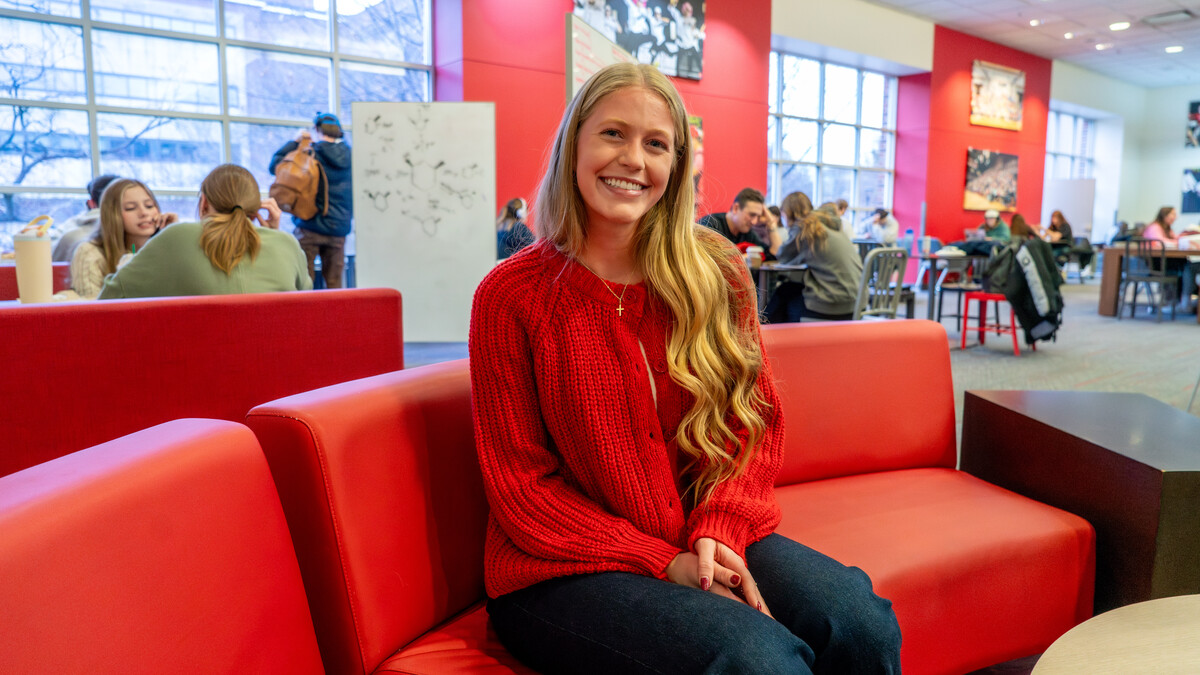
It’s an unassuming piece of equipment installed in the back of an unassuming airplane — what would normally be a six-seat Piper Saratoga, reduced to two traditional seats and one turned backward, the curtains darkened and threadbare with age.
But it is that unassuming machine, known as an imaging fluorometer, that can help scientists detect when crops and other plants are stressed. One of just a few in the world, the airborne research instrument fills a data gap between what is gathered at ground level and through satellites, providing a way to validate data sets on a farmwide scale.
Yet the technology is new enough that standardized ways to handle its massive data sets haven’t yet been determined. To address the issue, the University of Nebraska-Lincoln’s Center for Advanced Land Management Information Technologies will host a Sept. 26-29 workshop that assembles global experts from the field.
The Sept. 26 session, which begins at 9 a.m. in the East Campus Union, will be open to the campus community. Talks are scheduled throughout the day, and research posters will be available in Hardin Hall during the week.
The second and third days of the workshop, which are by invitation only, will include researchers who focus on solar-induced chlorophyll fluorescence – a weak glow emitted by plants that is invisible to the naked eye. Plants under stress – from lack of water or from cold, for example – change their fluorescence emission, which imaging fluorometers can detect and record.
“Solar-induced fluorescence offers to revolutionize remote assessment of plant photosynthesis, productivity and stress, but we really have to learn what this new technology can and can’t do, and this meeting will be an important step in that direction,” said John Gamon, professor in the School of Natural Resources.
Geoscientists such as CALMIT’s Rick Perk collect solar-induced fluorescence images by flying across landscapes, often over weeks or years. Those data are then analyzed and compared to previously recorded datasets for interpretation. The CALMIT plane is able to simultaneously collect independent data on plant pigment composition and vegetation structure, which helps in the interpretation of fluorescence patterns.
Gamon has used optical methods to study vegetation for most of his career. He most recently used pigment signals to demonstrate that evergreen trees, much like deciduous ones, go dormant during the winter months. Other conference participants are using fluorescence technology to show patterns of global photosynthesis and crop stress.
Workshop discussions will focus on what questions and applications solar-induced fluorescence can address, how current instruments from different manufacturers compare, and how scientists can improve data- and knowledge-sharing to advance the field.
The final day of the workshop will include a trip to Silverhawk Aviation to see university’s plane, which has been retrofitted to accommodate the equipment. Participants will also visit the Eastern Nebraska Research and Extension Center near Mead before touring Lakehouse Farm and dining at the Prairie Plate, a farm-to-table restaurant near Waverly.
Those interested in participating can register for the workshop here. For more information, contact Gamon at jgamon@unl.edu or Jackie Loomis at jloomis3@unl.edu.
The workshop is sponsored by the European Space Agency and the University of Nebraska-Lincoln. It is also supported by the School of Natural Resources, the Department of Agronomy and Horticulture, the Agricultural Research Division, and the Office of Research and Economic Development.







